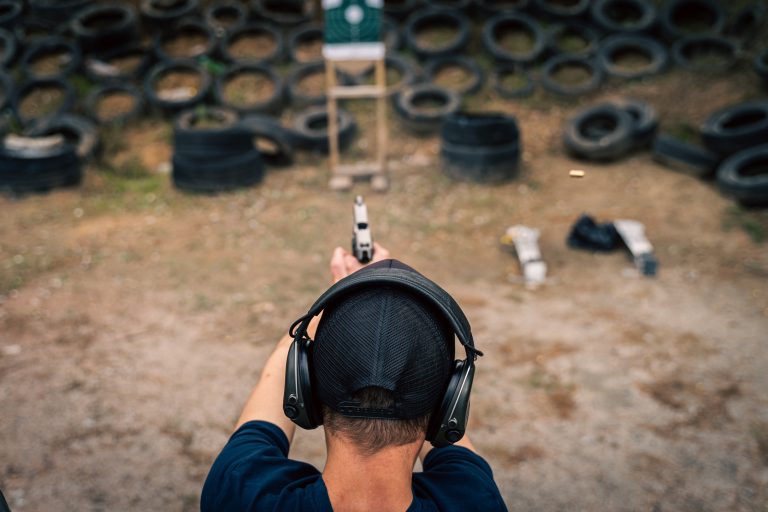Dangerous Assumptions about Violence
Violence can arise from any situation, and people often make dangerous assumptions that put them at risk. It’s crucial to understand that violence can occur in any context, at any time, and it’s unwise to assume otherwise. Picture yourself walking down the street, minding your own business, when suddenly someone shoves you in front of a bus or you’re at a café when armed robbers storm in. How about being in your home when home invaders force their way in. This can potentially happen to anyone and unfortunately has happened to many. Victims were merely in a location where individuals with no regard for others seized an opportunity to attack unsuspecting people.
We’ve all heard the Forest Gump quote “Stupid is as stupid does” to avoid dangerous areas, especially after hours, but this mindset can be misleading. While engaging in risky behaviors or visiting dangerous places increases the likelihood of violence, it doesn’t guarantee safety elsewhere. You might expect violence in a bar but not in a supermarket. However, videos of conflicts in box stores and convenience marts are common on social media, demonstrating that no environment is entirely safe. Never take your safety for granted based on your location. Never assume violence against others won’t cross your path putting you or a loved one in danger.
Another dangerous assumption is judging someone’s capacity for violence based on their appearance. It’s a classic case of judging a book by its cover. Our brains are wired with stereotypes but looks can be deceiving. Someone who appears weak might be forceful. Strength isn’t always visible; it must be felt. A person who seems harmless could be life-threatening. They might be well-dressed but well-armed, or they could be older and experienced in martial arts. Focus on how people move rather than how they appear. Coordination often signals a potential threat.
Don’t assume everyone thinks or acts like you. People from different backgrounds have different perceptions of violence. They might not hesitate to use extreme measures, like using a car as a weapon. When you only consider your own experiences, it’s challenging to understand someone else’s perspective. Their willingness to engage in violence and their methods might be drastically different from yours.
Some view violence as a means to assert dominance or inflict pain, frequently using weapons for intimidation or enjoyment. Always assume that if someone brandishes a weapon, they intend to use it. While some adhere to the idea of a fair fight with rules, others do not recognize such boundaries. Expecting fairness in a confrontation can result in a victim mentality due to this disparity in mindset.
Mostly, never assume someone will come to your rescue. Today, people are more likely to record an incident on their phones than intervene. Most people aren’t equipped to help, and the presence of others often decreases the likelihood of assistance due to the “bystander effect” aka “diffusion of responsibility”, where everyone assumes someone else will step in. If you’re attacked, use your environment, including people (preferably one of the bad people), as shields or barriers to protect yourself.
For effective self-protection, start by changing your mindset about violent encounters. Don’t limit yourself to assumptions about how, when, or where an attack will happen. Instead, pay attention to behavioral risk factors and how people move. Incorporate these observations into your daily routine to better prepare yourself for potential threats.
Fear of man will prove to be a snare, but whoever trusts in the Lord is kept safe. Proverbs 29:25







